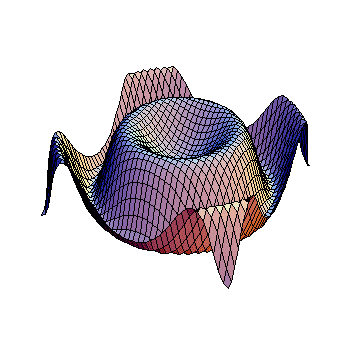How do I use a logarithmic model to solve applications?
1 Answer
It depends on what you're doing.
Explanation:
Well, logarithms were historically used and created because they make products into sums and powers into multiplications.
So whenever you're working with an expression that involves a lot of products and powers, but not to many sums, it might be easier to take the log. For example
This will likely involve the multiplication and the powers of a lot of messy numbers, if computing by hand, but, by taking the log, we can get
So then you can just look up the values on logarithm tables and do much easier sums.
It's very important in calculus too for precisely the same reason, it turns that differentiating sums is easier than differentiating products (and you'll be doing a lot of differentiating) and it also turns that the natural log has a convenient derivative too.
You can also use the logarithms to solve exponential equations of bases that can't be equal, for example, let
Just apply the logarithm
And attempt to isolate the x.
And, last but not least, to solve a logarithm equation, of the type
Just take the a-base expoential and solve it, i.e.:

